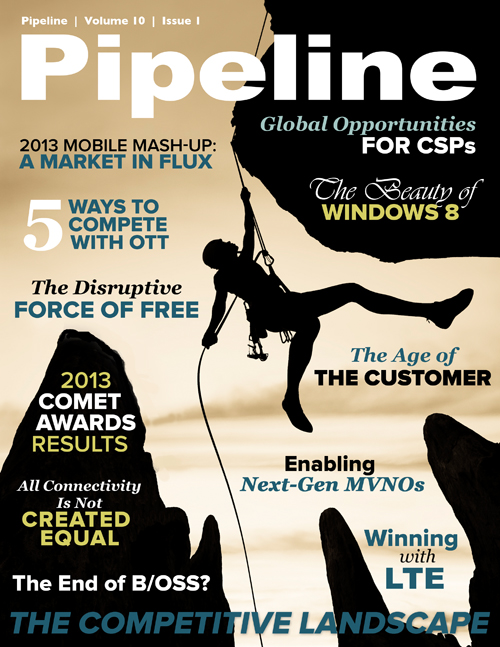The Age of the Customer
Clearly, more emphasis needs to be placed on improving the customer experience. So, how should service providers go about effecting change?
Crafting the empowered experience
In a 2011 white paper entitled “What It Takes to Win With Customer Experience,” Bain & Company observed that the secret to profitable organic growth is to “deliver a customer experience that your competitors can’t match.” This requires a deep understanding of both your customers’ needs and the capabilities of your business.
Take video, for example. Can you offer an experience that is more compelling than an OTT competitor’s, with features like multiscreen capabilities, on-demand content, a la carte billing, personalized search functionality, and social and mobile integration? Given the scale of competitive offerings that are already available, service providers should first assess whether video is a viable business for them at the present time.Companies like Comcast are big enough to offer content and distribution and manage a viable two-sided business model in the process, whereas smaller cable companies might be wise to outsource video and focus on value-added services and other interactions. In both cases the customer must be empowered to craft the experience that he or she most desires, which requires either the right tools in-house that can deliver that experience or a partnership with a company that can. There is no time for business as usual.
In a climate of commoditization we can safely assume that customers will seek out the experience they desire. A good example of this is the “cord nevers” phenomenon, which refers to a category of video consumer who’s gone straight to OTT services without ever subscribing to cable TV. Then there are “cord cutters,” consumers who severed their cable contracts after being wooed by inexpensive OTT video. The threat that the latter group presents to MSOs and telco TV has been covered extensively, but the much bigger problem is the cord nevers who head directly to Hulu, Netflix, Amazon Prime, Aereo, or Xbox Live to find their video experience, never once stepping into the traditional pay TV arena.
According to a 2012 report from Nielsen, “Homes with broadband Internet and free, broadcast TV are on the rise—growing 22.8 percent over last year.” While the number of these homes is still small compared to the total video population, most analysts believe this growth trend will continue, ultimately transforming the video business as we know it.





















